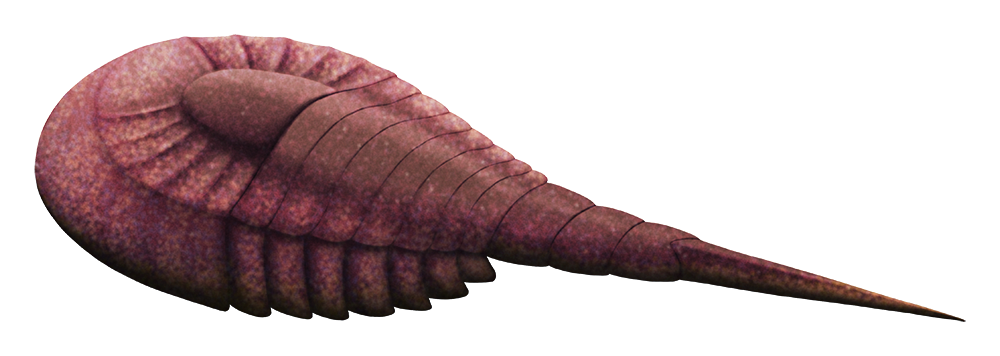The synziphosurines were ancient marine chelicerate arthropods that were traditionally thought to be early representatives of the horseshoe crab lineage. But more recent studies have shown them to occupy a slightly more basal position on the chelicerate evolutionary tree, instead being related to the common ancestor of sea scorpions, horseshoe crabs, and arachnids.
(Also horseshoe crabs might actually be part of the arachnids, closely related to ricinuleids!)
Venustulus waukeshaensis was one of the earliest known synziphosurines, living in what is now Wisconsin, USA during the early Silurian, about 436 million years ago. It grew to around 8cm long (~3.2″) and had six pairs of appendages on the underside of its body, with the first pair modified into chelicerae and the rest being walking legs.
It also appears to have been blind, lacking any evidence of eyes despite its fossils being fairly well-preserved – suggesting it lived in conditions where vision wasn’t much use, such as dark murky water or burrowing around in seafloor sediment.

